Introduction
Stocks are classified based on market capitalization, which represents the total value of a company's outstanding shares. This classification helps investors assess risk, growth potential, and financial stability when making investment decisions. Companies are generally grouped into categories such as small-cap, mid-cap, large-cap, and mega-cap, each offering distinct characteristics and investment opportunities. Understanding Costco’s position within these classifications is essential for evaluating its market influence, financial health, and long-term investment potential.
Defining Large-Cap Stocks
Large-cap stocks are shares of companies with a market capitalization of $10 billion or more. This classification is determined by multiplying a company's stock price by the total number of outstanding shares. Large-cap companies are typically well-established, financially stable, and industry leaders with significant market influence. These stocks are often included in major indices such as the S&P 500 and Dow Jones Industrial Average, reinforcing their role in shaping global financial markets. The financial resilience of large-cap companies is one of their defining characteristics. Many large-cap stocks also provide dividends.
Costco’s Market Capitalization
Costco’s current market capitalization stands at approximately $455.14 billion as of May 2025. This valuation places Costco firmly within the large-cap category, reflecting its strong financial position and market influence. The company has consistently expanded its operations, leveraging its membership-based model to drive revenue growth. Costco’s ability to maintain high sales volumes while offering competitive pricing has contributed to its sustained market capitalization growth.
Historically, Costco has demonstrated impressive stock performance, with its market cap increasing significantly over the past two decades. This growth trajectory highlights the company’s ability to adapt to changing consumer trends and economic conditions. Compared to other large-cap retail companies, Costco holds a competitive position alongside industry giants such as Walmart and Target. Costco’s ability to differentiate itself through its membership model and bulk pricing strategy has allowed it to maintain a strong foothold in the retail industry.
Factors Contributing to Costco’s Large-Cap Status
Costco’s large-cap status is largely driven by its strong revenue growth and financial health. In fiscal year 2024, Costco reported total revenue of $254.45 billion, marking a 5.02% increase from the previous year. The company’s net income also grew by 17.09%, reaching $7.367 billion, demonstrating its ability to generate consistent. Costco’s unique business model and competitive advantages contribute significantly to its market capitalization.
Unlike traditional retailers, Costco operates on a membership-only warehouse model, offering bulk pricing and limited product selection to maximize efficiency. This approach enables the company to maintain lower operating costs while driving high sales volumes. Additionally, Costco’s commitment to customer satisfaction, including its generous return policies and competitive pricing, strengthens its brand loyalty.
Industry Comparison: Costco vs. Other Retail Giants
Walmart, Target, and Amazon each have distinct market capitalizations, reflecting their scale and influence in the retail sector. Walmart leads with a market capitalization exceeding $773 billion, reinforcing its dominance in global retail. Amazon, with its expansive e-commerce and cloud computing operations, has a market cap of $1.8 trillion, making it one of the most valuable companies worldwide. Target, while a significant player, has a market capitalization of $43.79 billion, positioning it below Costco’s valuation of approximately $455 billion. These differences highlight the varying business models and market strategies employed by each retailer.
Costco differentiates itself from competitors through its membership-based model and bulk pricing strategy. Unlike Walmart and Target, which rely on traditional retail sales. Costco’s limited product selection and high inventory turnover allow it to maintain lower operating costs while offering competitive pricing. Inflation, interest rates, and consumer spending trends directly impact stock performance. During economic downturns, large-cap retailers like Walmart and Costco tend to perform well due to their ability to offer essential goods at competitive prices.
Investment Considerations for Costco Stock
Costco presents a compelling investment opportunity for long-term investors due to its consistent revenue growth and strong market position. The company’s membership-based model ensures a stable income stream, reducing financial volatility compared to traditional retailers. While Costco’s stock trades at a premium valuation, its ability to maintain high renewal rates and expand internationally supports sustained growth. Investors seeking stability and long-term appreciation often favor Costco.
Costco’s dividend policies contribute to shareholder value, though its yield remains relatively modest. The company has increased its dividend for 20 consecutive years, occasionally supplementing payouts with special dividends. In January 2024, Costco issued a $15 per share special dividend, demonstrating its commitment to returning value to investors. However, its regular dividend yield of approximately 0.5% is lower than the S&P 500 average. AOL.
Challenges and Future Growth Prospects
Costco faces intense competition from major retailers such as Walmart, Target, and Amazon, each employing distinct strategies to capture market share. Additionally, shifting consumer behavior, including increased demand for online shopping and personalized retail experiences, requires Costco to adapt its business model. Economic cycles significantly impact Costco’s valuation, influencing consumer spending and stock performance. The company’s ability to maintain steady revenue growth despite macroeconomic fluctuations highlights its resilience.
Costco’s future growth prospects rely on strategic expansion and innovation. The company continues to open new warehouses in high-demand regions, targeting international markets with strong membership growth potential. Additionally, Costco is investing in supply chain optimization and digital transformation to enhance efficiency and customer experience. Sustainability initiatives, such as reducing carbon emissions and improving product sourcing, align with evolving consumer preferences. By leveraging these strategies, Costco aims to strengthen its market position and sustain long-term growth.
Conclusion
Costco’s classification as a large-cap stock reflects its financial stability, market influence, and consistent revenue growth. Its unique business model, membership-driven revenue, and competitive pricing strategy have enabled it to maintain its strong position in the retail sector. When compared to other retail giants, Costco’s market capitalization confirms its dominance, alongside companies like Walmart and Amazon.
Investors considering Costco stock must weigh its strengths, such as steady expansion and shareholder value, against challenges like competition and economic fluctuations. As the company continues to adapt to evolving consumer preferences and global market trends, its ability to sustain long-term growth reinforces its status as a reliable large-cap investment.
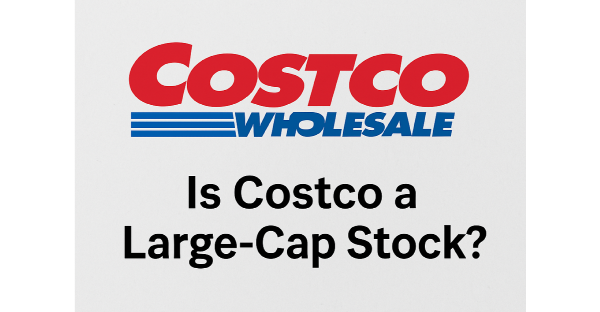

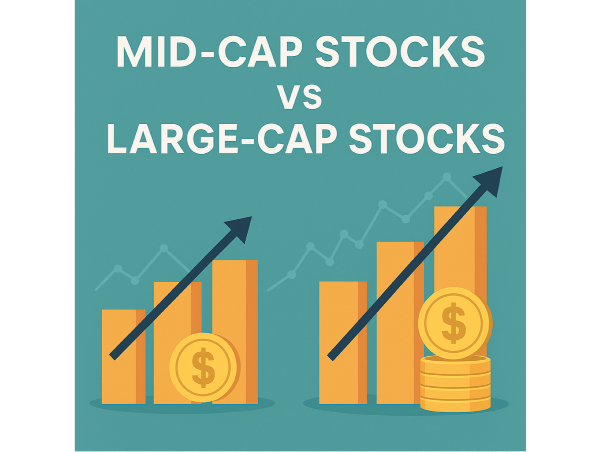
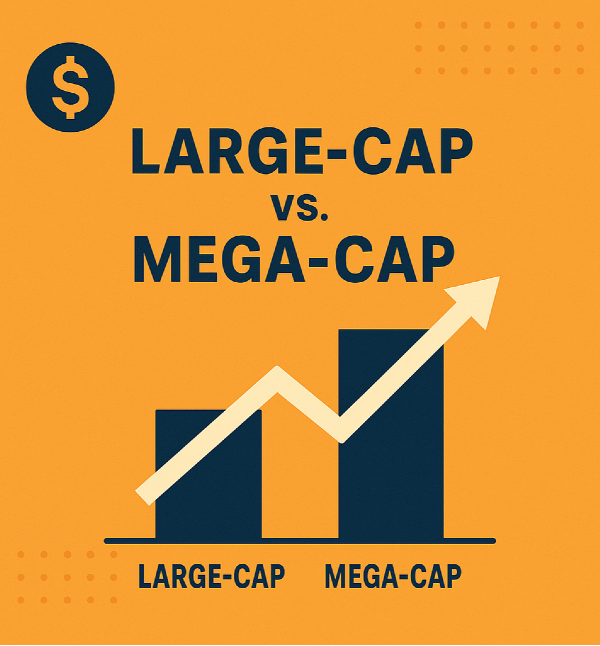
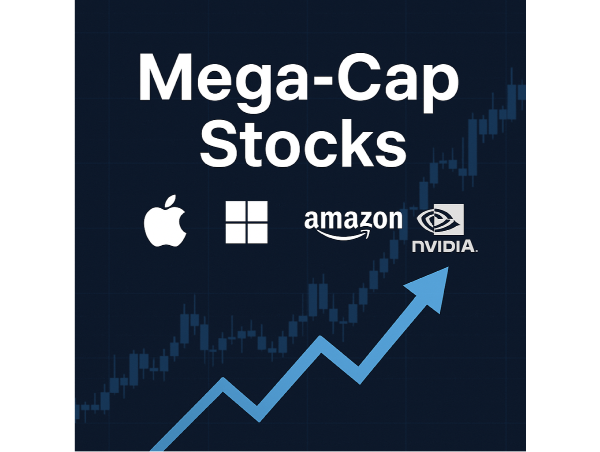

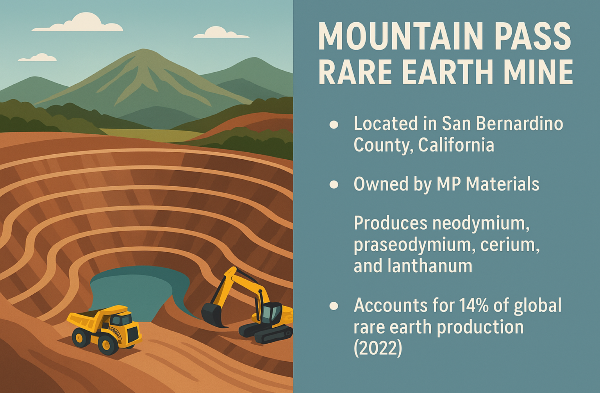
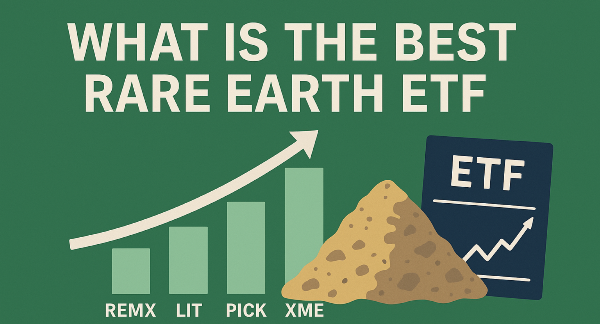




















Introduction
Stocks are classified based on market capitalization, which represents the total value of a company's outstanding shares. This classification helps investors assess risk, growth potential, and financial stability when making investment decisions. Companies are generally grouped into categories such as small-cap, mid-cap, large-cap, and mega-cap, each offering distinct characteristics and investment opportunities. Understanding Costco’s position within these classifications is essential for evaluating its market influence, financial health, and long-term investment potential.
Defining Large-Cap Stocks
Large-cap stocks are shares of companies with a market capitalization of $10 billion or more. This classification is determined by multiplying a company's stock price by the total number of outstanding shares. Large-cap companies are typically well-established, financially stable, and industry leaders with significant market influence. These stocks are often included in major indices such as the S&P 500 and Dow Jones Industrial Average, reinforcing their role in shaping global financial markets. The financial resilience of large-cap companies is one of their defining characteristics. Many large-cap stocks also provide dividends.
Costco’s Market Capitalization
Costco’s current market capitalization stands at approximately $455.14 billion as of May 2025. This valuation places Costco firmly within the large-cap category, reflecting its strong financial position and market influence. The company has consistently expanded its operations, leveraging its membership-based model to drive revenue growth. Costco’s ability to maintain high sales volumes while offering competitive pricing has contributed to its sustained market capitalization growth.
Historically, Costco has demonstrated impressive stock performance, with its market cap increasing significantly over the past two decades. This growth trajectory highlights the company’s ability to adapt to changing consumer trends and economic conditions. Compared to other large-cap retail companies, Costco holds a competitive position alongside industry giants such as Walmart and Target. Costco’s ability to differentiate itself through its membership model and bulk pricing strategy has allowed it to maintain a strong foothold in the retail industry.
Factors Contributing to Costco’s Large-Cap Status
Costco’s large-cap status is largely driven by its strong revenue growth and financial health. In fiscal year 2024, Costco reported total revenue of $254.45 billion, marking a 5.02% increase from the previous year. The company’s net income also grew by 17.09%, reaching $7.367 billion, demonstrating its ability to generate consistent. Costco’s unique business model and competitive advantages contribute significantly to its market capitalization.
Unlike traditional retailers, Costco operates on a membership-only warehouse model, offering bulk pricing and limited product selection to maximize efficiency. This approach enables the company to maintain lower operating costs while driving high sales volumes. Additionally, Costco’s commitment to customer satisfaction, including its generous return policies and competitive pricing, strengthens its brand loyalty.
Industry Comparison: Costco vs. Other Retail Giants
Walmart, Target, and Amazon each have distinct market capitalizations, reflecting their scale and influence in the retail sector. Walmart leads with a market capitalization exceeding $773 billion, reinforcing its dominance in global retail. Amazon, with its expansive e-commerce and cloud computing operations, has a market cap of $1.8 trillion, making it one of the most valuable companies worldwide. Target, while a significant player, has a market capitalization of $43.79 billion, positioning it below Costco’s valuation of approximately $455 billion. These differences highlight the varying business models and market strategies employed by each retailer.
Costco differentiates itself from competitors through its membership-based model and bulk pricing strategy. Unlike Walmart and Target, which rely on traditional retail sales. Costco’s limited product selection and high inventory turnover allow it to maintain lower operating costs while offering competitive pricing. Inflation, interest rates, and consumer spending trends directly impact stock performance. During economic downturns, large-cap retailers like Walmart and Costco tend to perform well due to their ability to offer essential goods at competitive prices.
Investment Considerations for Costco Stock
Costco presents a compelling investment opportunity for long-term investors due to its consistent revenue growth and strong market position. The company’s membership-based model ensures a stable income stream, reducing financial volatility compared to traditional retailers. While Costco’s stock trades at a premium valuation, its ability to maintain high renewal rates and expand internationally supports sustained growth. Investors seeking stability and long-term appreciation often favor Costco.
Costco’s dividend policies contribute to shareholder value, though its yield remains relatively modest. The company has increased its dividend for 20 consecutive years, occasionally supplementing payouts with special dividends. In January 2024, Costco issued a $15 per share special dividend, demonstrating its commitment to returning value to investors. However, its regular dividend yield of approximately 0.5% is lower than the S&P 500 average. AOL.
Challenges and Future Growth Prospects
Costco faces intense competition from major retailers such as Walmart, Target, and Amazon, each employing distinct strategies to capture market share. Additionally, shifting consumer behavior, including increased demand for online shopping and personalized retail experiences, requires Costco to adapt its business model. Economic cycles significantly impact Costco’s valuation, influencing consumer spending and stock performance. The company’s ability to maintain steady revenue growth despite macroeconomic fluctuations highlights its resilience.
Costco’s future growth prospects rely on strategic expansion and innovation. The company continues to open new warehouses in high-demand regions, targeting international markets with strong membership growth potential. Additionally, Costco is investing in supply chain optimization and digital transformation to enhance efficiency and customer experience. Sustainability initiatives, such as reducing carbon emissions and improving product sourcing, align with evolving consumer preferences. By leveraging these strategies, Costco aims to strengthen its market position and sustain long-term growth.
Conclusion
Costco’s classification as a large-cap stock reflects its financial stability, market influence, and consistent revenue growth. Its unique business model, membership-driven revenue, and competitive pricing strategy have enabled it to maintain its strong position in the retail sector. When compared to other retail giants, Costco’s market capitalization confirms its dominance, alongside companies like Walmart and Amazon.
Investors considering Costco stock must weigh its strengths, such as steady expansion and shareholder value, against challenges like competition and economic fluctuations. As the company continues to adapt to evolving consumer preferences and global market trends, its ability to sustain long-term growth reinforces its status as a reliable large-cap investment.